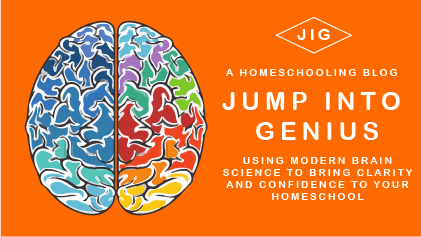Why is the human brain faster at solving problems than a computer? Why can we engage in simple tasks like clicking on a picture if it contains a flower, yet a computer cannot? It has long been believed that computers are just not fast enough or small enough to do the things the human brain does. However, neurons are not extraordinarily fast. In the half second, it takes us to decide if there is a flower in the picture the information entering our brain only has time to travel through about 100 neurons. This may seem fast but it takes a neuron about 5 milliseconds (about 200 times in a second) to process information while a modern computer can perform a billion operations in a second.
So if computers are so much faster than our brain, why are we still so much smarter than computers? Why can we see that flower and the computer, with its ability to perform billions of operations, cannot?
The answer is that our brain does not have the need to perform billions of operations to identify a flower. It simply fetches the answer from memory, where it is sitting in storage.
The cortex is a memory system.
Yes, computers have memory too, but their memory cannot do the things ours does. It is not able to operate and function in the same way. Some of the unique things about human memory are: storing sequences of patterns, patterns are auto-associatively recalled, patterns are stored in an invariant form, and the patterns are stored hierarchically.
Don’t worry, we will unpack what all that means.
The Neocortex Stores Sequences of Patterns
“All memories are stored in the synaptic connections between neurons.” Jeff Hawking writes in On Intelligence
Wait…what?
I always thought of a synaptic connection as something that is here one moment and gone the next. We have a huge memory capacity but can only recall a few things at a time. This recall always happens in a sequence. Stories are told sequentially, the alphabet recited, the spelling of words learned, songs, dance movements, we could keep going.
The truth is, it is hard to recall things out of order. What are the four letters previous to r? Questions like this are usually answered by a person going back to the original sequence, even if they don’t have to go back to the beginning, and reciting the pattern to retrieve the answer. Of course, if you have spent time memorizing the alphabet backward you can just rattle the answer off. Either way, you were retrieving info in the same pattern that it was learned. The brain naturally learns this way, in sequence, because that is how it naturally stores information.
I guess it makes sense that our memories reside in the weird space between neurons because this explains why we cannot recall everything we know at once. We have to activate those neurons to fetch the memories.
The Neocortex is Auto-Associative
This means our memories are connected to similar memories. Our brain automatically thinks of related, stored material. Our thoughts are highly dictated by both the patterns and associations of thought and not as random as they sometimes appear to be to us. One thought leads to the next, but thoughts do not pop up out of thin air.
One minute we are reading a story to our kids, the next thing we know we missed what happened in the last two paragraphs because something we read triggered a memory/thought and our brain went off that way. Then the kids can’t figure out why mom is pausing so long, but really you are speed reading the last two paragraphs silently in case you missed any pivotal plot points.
Patterns are Stored in Invariant Form
We are not precise, or exact memory machines. When a computer copies it copies byte for byte, every detail replicated. But when the brain stores and recalls information it is concerned with relationships in the world. So not every detail is given space, as it may be highly irrelevant.
Our brain remembers what our cat looks like, even though the patterns of light and position of the cat vary, sending different patterns to our brain each time. We also know the feeling of our cat, whether or not we are looking directly at the furball, our senses remember ‘this is cat’ whether we are feeling a claw, tail or soft belly.
We do the same thing with songs, we can recognize a song we know in any key, even though being in a different key means every note we hear is different. Our brain seems unconcerned with the difference in detail, and highly concerned with the similarity of the patterns of notes, the relationship of the notes to each other.
“Memories are stored in a form that captures the essence of relationships, not the details of the moment.” Jeff Hawkins
Our brain uses these big important patterns to recognize things even when the lighting is different, changing the specific sensory input.
…to be continued…
This post is part of a series exploring the book On Intelligence by Jeffery Hawkins



3 Responses
[…] Exploring Intelligence - The Magic of Memory […]
[…] This is a huge win for classical education because it is one of the only educational philosophies that have any focus at all on memorization. For more about the logistics of memory you can check out What’s the Matter with Memory, Does Practice Make Your Kid Perfect?, and Exploring Intelligence: The Magic of Memory […]
[…] when this skill becomes automatic can the child’s brain be completely freed to tap into their world of imagination where […]